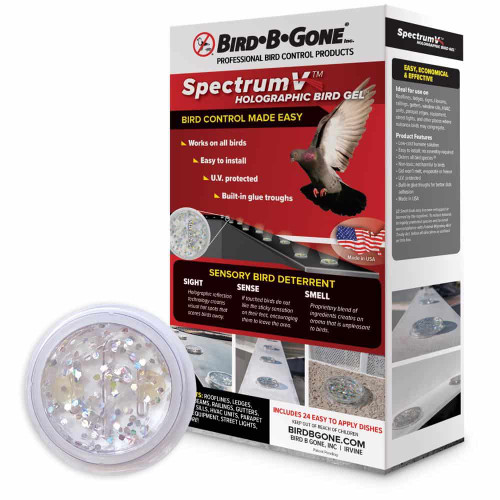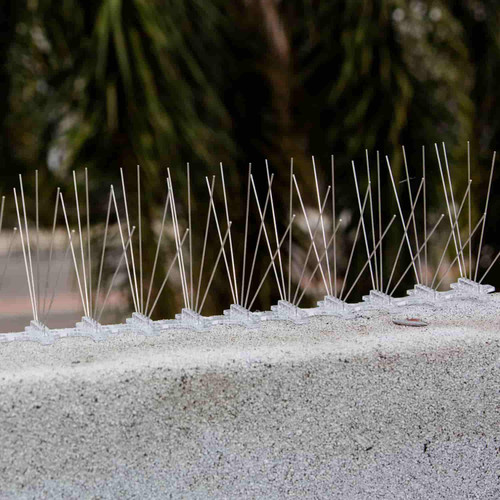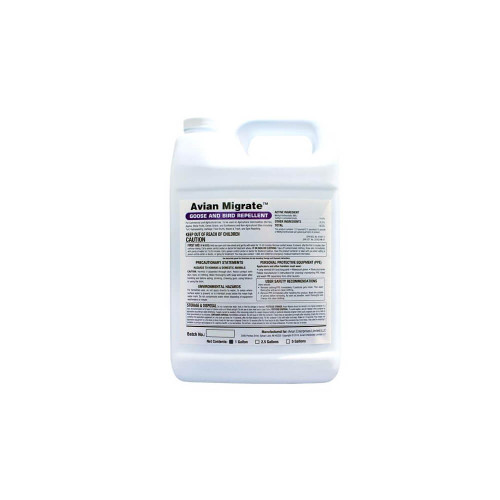
Industry
Every Industry Needs Bird Control
Industrial sites, structures and areas are particularly vulnerable to the consequences of pest birds. These sites often have many areas where birds can roost and nest, and once birds decide to occupy an area, they stubbornly refuse to leave.
Agriculture
Farmers and growers have always had a tug of war with pest birds. Annual worldwide losses have been in the millions of dollars as birds damage and destroy crops, vines and seeds. Food storage areas, such as barns and granaries also attract birds.
Architects
Today’s architects are increasingly choosing to integrate bird control measures into their building designs. They realize that the image of their beautiful arches, clean lines and walls of glass can quickly be ruined by bird droppings.
Aviation
Construction
It’s not uncommon for today’s construction jobs to include bird control in their specifications, either on new construction or a building renovation. When pest birds flock to rooflines, ledges and parapet walls, their nests, debris and droppings can cause costly damage.
Education
Food Processing
Gas and Oil
Government
Healthcare
Hospitals must take extra care to avoid pest bird infestations. Bird droppings can carry any of 60 known diseases—including histoplasmosis, encephalitis, salmonella, meningitis, and toxoplasmosis, even the West Nile virus.
Marinas
Milling and Grain
Pest birds create a number of problems for grain storage and manufacturing facilities. Besides damaging buildings, machinery and vehicles, birds often contaminate grain with diseases that can lead to respiratory problems and other illnesses.
Pest Control
Property Management
Property managers are often responsible for the upkeep of a property and the happiness of its tenants. If a property they are responsible for is plagued with birds, they may have trouble finding tenants or dealing with tenant complaints.
Residential
Signs
Solar Panel
Rooftop solar panels create an ideal environment for pigeons and other pest birds to nest and roost. The panels provide shade from the hot sun, security from predators, and an easy in-and-out vantage point for birds.
Stadiums and Sports Fields
Pest birds love to loiter around stadiums, sports fields and similar semi enclosed outdoor arenas. These venues offer plenty of lofty signage, light fixtures, displays and billboards where birds can roost or nest, free from predators.
Featured Products
Get Free Advice
Our Bird Control Experts will help you choose the right product or
find a professional bird control product installer in your area!





























